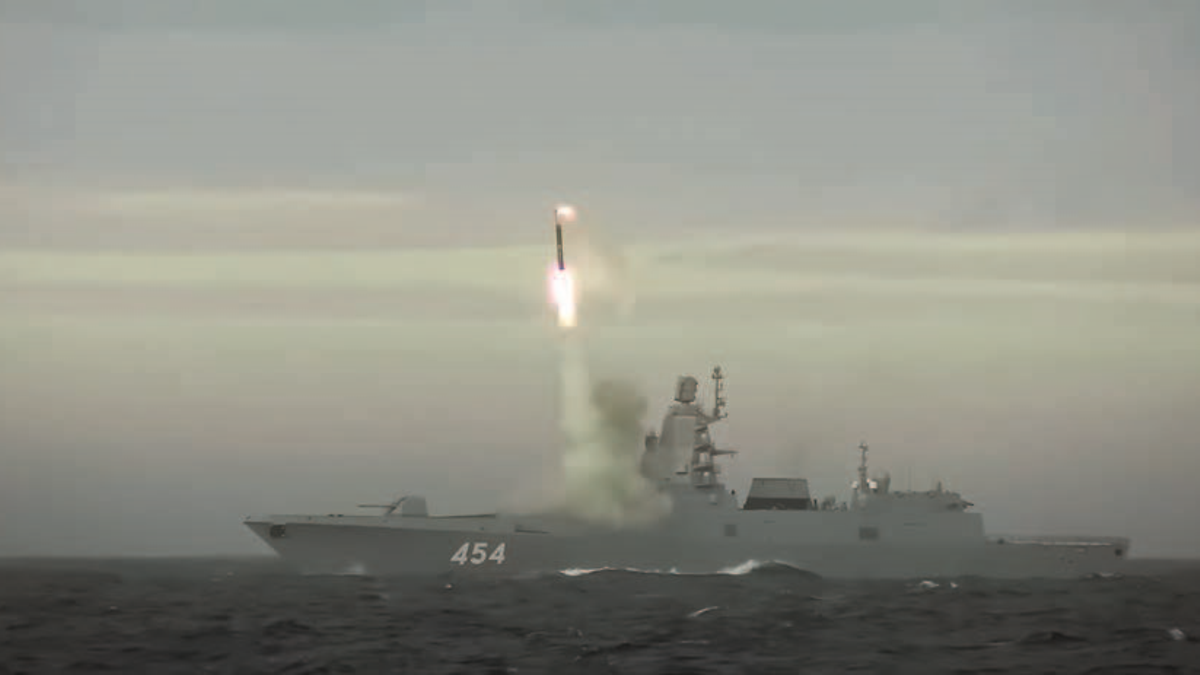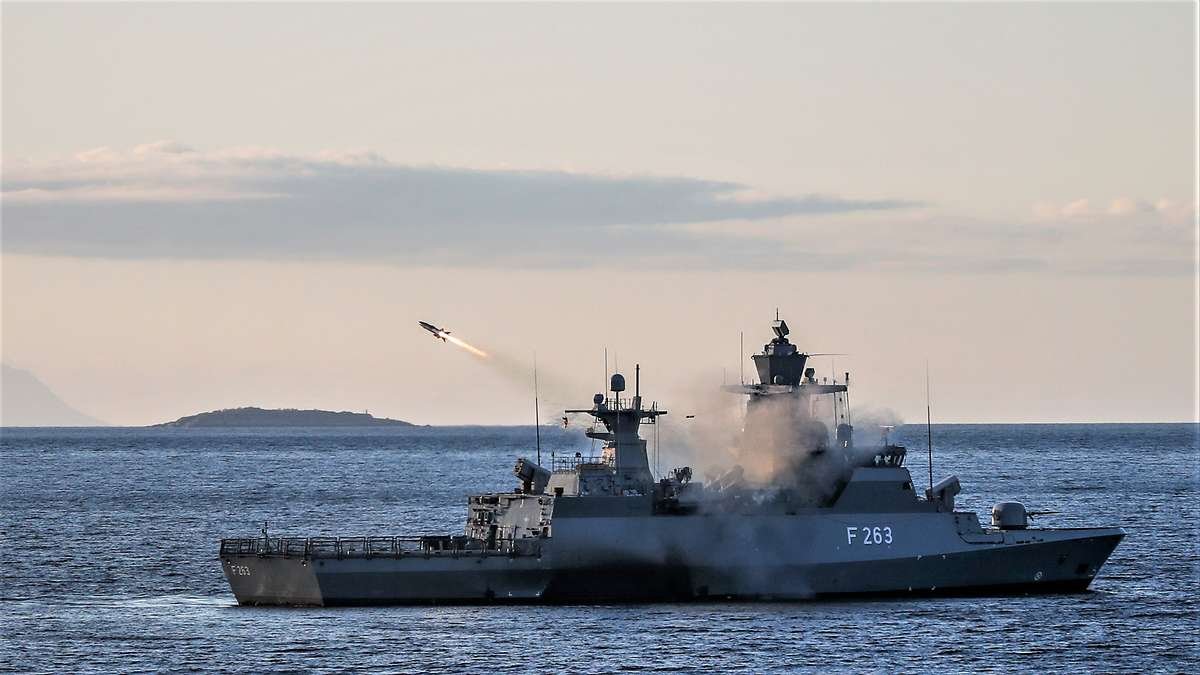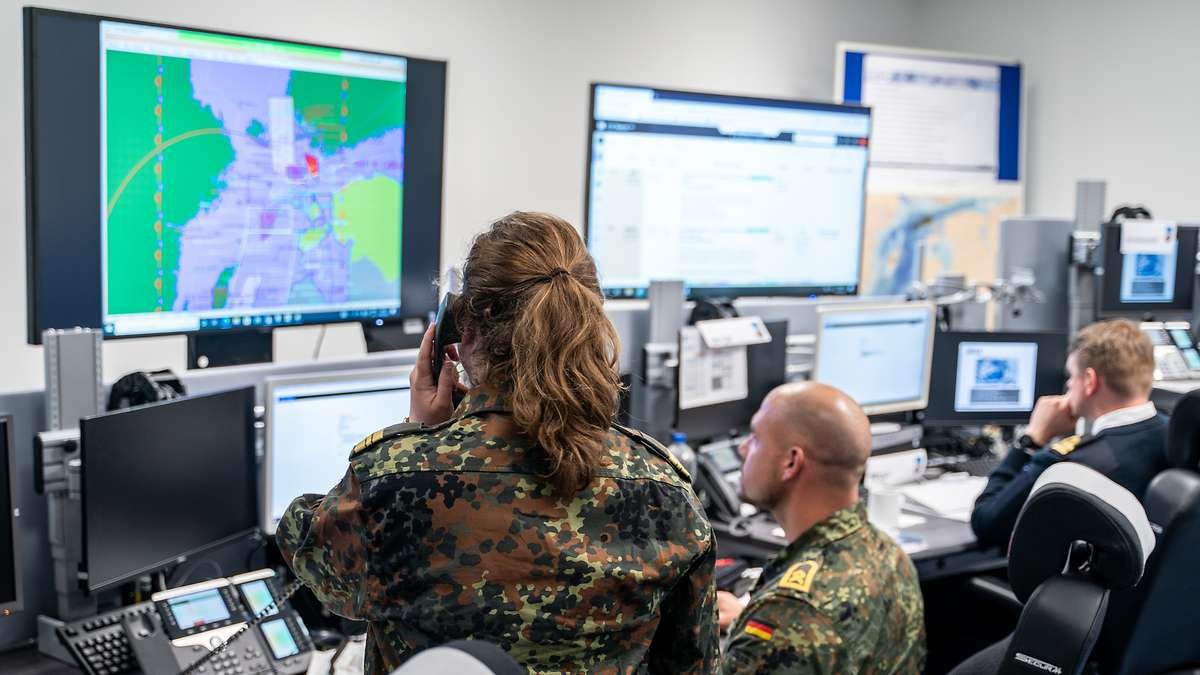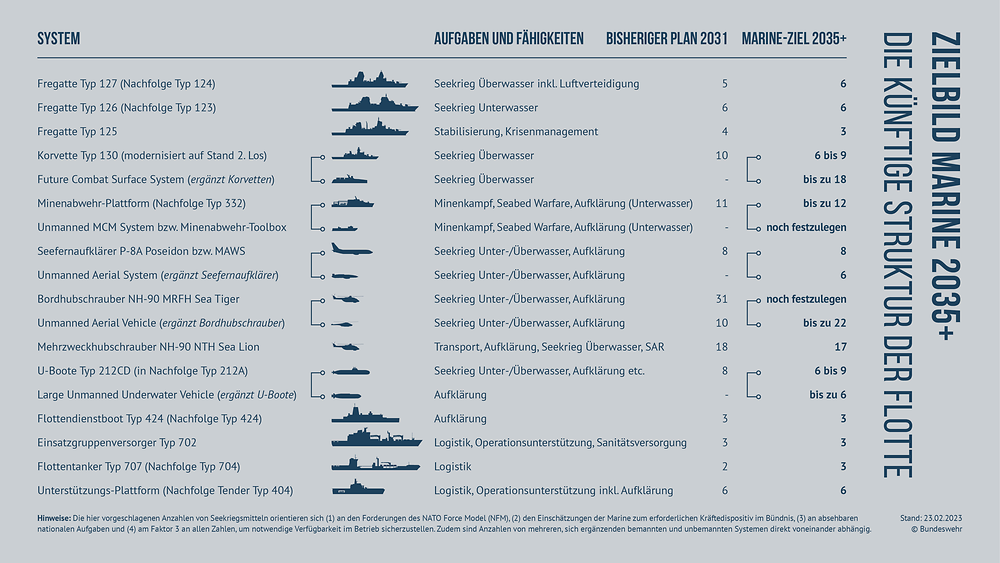The German naval forces must orient themselves towards deterrence, defence and progress. This is to be done through comprehensive entry, especially into unmanned systems.
Location
The Bundeswehr must become “the cornerstone of conventional defence in Europe, the best-equipped armed force in Europe” – declared Federal Chancellor Olaf Scholz at the Bundeswehr Conference in 2022.
In doing so, the Chancellor specified his expectations of the Bundeswehr, which will also be adopted in 2022. Strategic Deterrence and defence, crisis prevention and management, and cooperative security remain the Alliance’s missions – but with a clear emphasis on deterrence. This requires in particular from the navy: high combat readiness and presence in the operational areas North Atlantic, North Sea and Baltic Sea already in peacetime.
At the same time, technical innovations are massively changing the conditions in the maritime operating room. New underwater sensors, comprehensive land-, air- and space-based reconnaissance are making the battlefield increasingly transparent. From the resulting large amounts of data, complex IT Information technology systems, in the future also with the help of artificial intelligence, comprehensive situation pictures.

This goes hand in hand with powerful weapon systems of potential opponents, some of which are extremely difficult to fend off. There is less and less time for defensive reactions. Because additional losses in battle are to be expected as a result, this underlines the value of quantity – the mass makes it.
At the same time, technical developments increase the threat in combat to such an extent that their own soldiers should only be exposed to this threat to the extent absolutely necessary. The trend is thus clearly towards unmanned systems that can be used in a joint network.
Consequences for the Navy from 2035
a) The most urgent requirement is a sufficient and continuous situation picture of all activities in the own operating room. In particular, it is necessary to identify adversary activities, assess them and exchange situational awareness, both nationally and within the Alliance.
b) In order to remain capable of acting on the basis of this picture of the situation and to be able to counter these activities, naval weapons are required on, above and below water as well as in the air. The spectrum to be controlled ranges from observing and/or hindering an opponent in peace to fighting in war.
c) A pronounced resilience in the sense of resilience is an indispensable prerequisite for this, because it guarantees one’s own ability to act despite enemy activities. It requires structural, functional and individual reserves. It also includes the decentralization of tasks and responsibility in order to prepare for the failure of central systems.
What you have to do
1. Presence
It is an expression of political will with a signal effect, shows solidarity within the alliance and readiness for defence. Presence also supports the situational picture in the operating room and increases one’s own responsiveness.
For this, the Navy needs: a sufficient number of ships and boats, aircraft and helicopters to ensure a sustainable presence in the areas of operation.
2. Maritime clout
Attacks from sea to land (“Maritime”) Strike”) reduce an opponent’s options for action. They are primarily aimed at command and control equipment, sensor and weapon positions as well as logistics centers. This can prevent the enemy from denying access to an area by means of fast, modern guided missiles (Anti-access/Area). Denial) so that sea routes in a region such as the Baltic Sea can be navigated safely again.
For this, the Navy needs: above all, a sufficient number of fast, difficult to detect and as unmanned platforms above and below water as possible to undermine the reaction time of an enemy.

3. Surface Sea Warfare
The fight against targets above water and in the air is a necessary prerequisite to prevent an enemy from using a sea space. This is particularly important for supply routes across the North Atlantic to the Baltic Sea.
For this, the Navy needs: far-reaching sensors for a tactical surface situation picture as well as defensive and offensive weapon systems as well as floating and flying platforms for fighting over water.
4. Underwater Sea Warfare
The sub-dimension underwater is rapidly gaining in importance. Modern submarines and other underwater vehicles can cause enormous damage. Even in peacetime, yes: because underwater attacks on civilian and military targets are difficult to attribute to a perpetrator.
To achieve this, the Navy requires: modern sensors under water – both stationary and mobile – and AIartificial intelligence-Supported evaluation for a tactical underwater situational picture as well as defensive and offensive weapon systems, submarines and unmanned vehicles for underwater combat.
5. Coastal combat and coastal defence
The geographical conditions of the Baltic Sea require securing positions that are within enemy range. Threats do not only come from the air from aircraft or guided missiles, but also come from special forces and amphibious troops, especially in hybrid conflicts. The navy must also be able to protect coastal areas and have a presence there.
For this, the Navy needs: mobile infantry or land-based forces to control coastal areas on the sea and land side as well as to be able to work from land to sea.
6. Maritime situational picture and assessment competence
A picture of the overall maritime situation, which includes the dimensions underwater and overwater, coast and airspace, is a prerequisite for assessing current developments and adapting one’s own activities. This permanent task requires special maritime assessment competence that is networked with military and civilian authorities – nationally and internationally.
For this, the Navy needs: its own unmanned sensors for permanent data acquisition as well as structured cooperative relationships for the exchange of information with other bodies within and outside the Bundeswehr, authorities, civilian institutions and the maritime industry. For this, the Navy needs trained personnel, a network for data exchange and AI artificial intelligence-Technology for data evaluation.

7. Leadership and Resilience
Command centers must be particularly resilient because they are the primary target of adversary activity. With the Naval Command Centre in Rostock, the Navy already has a stationary maritime headquarters for the Baltic Sea region. It must also be able to command NATO naval units from the sea.
The Navy needs: an alternative to the naval command center in the city center of Rostock, another headquarters, characterized by remote location and protected buildings; as well as ad hoc operational staff for command and control in See, in order to become more resilient in the command area as a whole.
The Navy and its Fleet From 2035
The special characteristics of the maritime operations area as well as the specifications of the new NATO force structure require comprehensive capabilities from the Navy. This includes operations both on the open Atlantic Ocean and in the North Sea and Baltic Sea.
It is therefore particularly important for the target image for the Navy from 2035: warships must be able to conduct naval warfare in the North Atlantic multidimensionally and at great distances. They also need a high level of assertiveness and survivability. Unmanned systems complement the coverage of large rooms. The particular threat situation in the Baltic Sea requires weapon systems that are as unmanned, simple, inexpensive as possible and available in large numbers.

What matters now
The navy must be ready for intense battles, acquire a large number of unmanned systems and use artificial intelligence, especially for situational awareness and evaluation. For this navy to become a reality, two things are already important:
1. The path to the future of the Navy must be sustainably financed.
2. It is already important to test the use and operation of unmanned systems within the framework of experimental projects, to gain experience and finally to enter into risk-minimized procurement in the quantities shown.

Design principles
1. Measure Matters
In a possible war of attrition in national and alliance defense, mass also means resilience. That is:
- consistent implementation of factor 3 in the number of naval warfare required (1/3 in the shipyard, 1/3 in full combat readiness, 1/3 in graduated combat readiness)
- Standardization of naval warfare facilitates spare parts stockpiling and training
- Units must be designed to be operable
2. Future-oriented
The establishment of the Navy must:
- can be adapted sufficiently flexibly to demographic developments
- be able to deploy their personnel in a threat minimized manner
- Quickly try out new unmanned capabilities with few prototypes available on the market (experimentation)
3. Multi-Domain Operations
The Navy contributes to the battle of combined weapons by:
- networked and swarm-capable system approaches, as unmanned as possible
- the development of maritime Strike-Abilities
4. Resilience
Resilience means the ability to continue functioning after a blow. This requires:
- Protecting a few support points for follow-up care and repair
- alternative hardened operational command and control as well as mobile tactical command and control at sea

